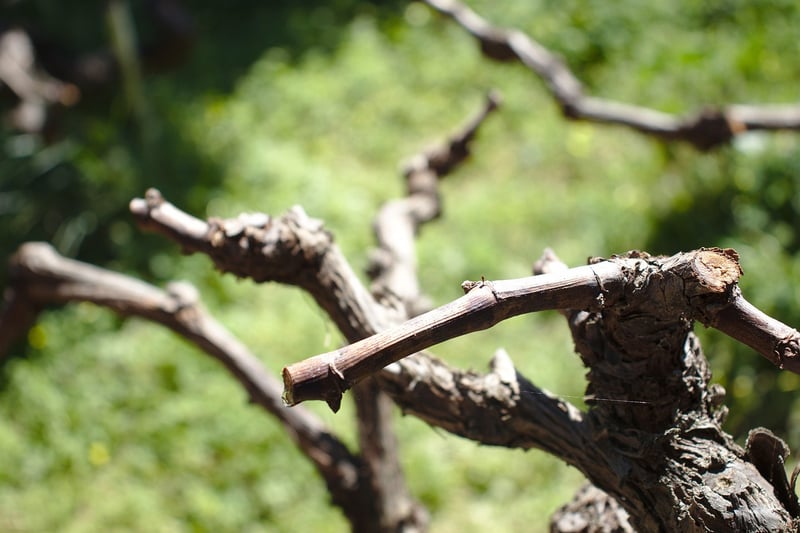Pruning Techniques
Maintaining Healthy Plants: Essential Pruning Techniques
Proper pruning is a crucial aspect of plant care that not only enhances the aesthetic appeal of your greens but also promotes their overall health and vitality. By following the right techniques, you can ensure your plants grow strong, resist disease, and flourish. Let's explore some essential pruning methods to help you maintain healthy plants.
1. Deadheading
Deadheading involves the removal of spent flowers from plants. By cutting off these faded blooms, you redirect the plant's energy towards new growth and blooming, stimulating further flowering. It also prevents the plant from setting seeds, encouraging it to focus on producing more flowers.

2. Thinning
Thinning is the strategic removal of select branches or stems to improve air circulation and light penetration within the plant. This technique reduces the risk of disease by minimizing damp, shaded areas where pathogens thrive. Additionally, thinning promotes better nutrient distribution and overall plant health.

3. Heading Back
Heading back involves cutting back the tips of branches to promote lateral growth and create a fuller, bushier plant. This technique is particularly useful for shaping hedges, promoting branching in shrubs, and controlling the size and form of various plants. Regular heading back encourages denser foliage and robust growth.

4. Crown Pruning
Crown pruning focuses on removing dead, damaged, or diseased branches from the top of the plant's canopy. By eliminating these compromised parts, you enhance the plant's structure, aesthetics, and health. Crown pruning also allows for better light penetration, air circulation, and reduces the risk of pests and diseases.

By incorporating these essential pruning techniques into your plant care routine, you can promote the well-being and longevity of your greens. Remember to use sharp, clean tools and prune at the right time to maximize the benefits of each method. Happy pruning and happy gardening!
